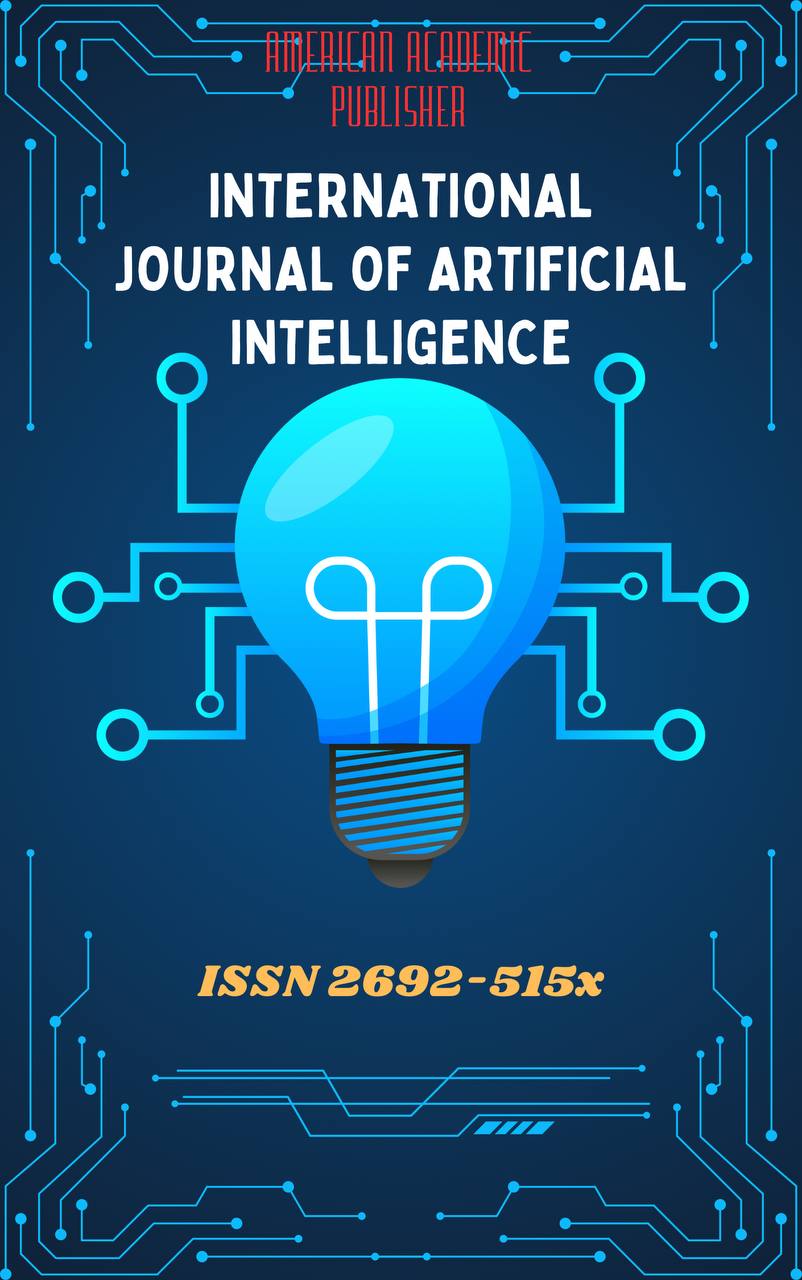 Articles
| Open Access |
Articles
| Open Access | TECHNOLOGY AND LANGUAGE LEARNING With Duolingo
Embergenova Guldana , Uzbekistan State World Languages UniversityAbstract
Mobile devices and applications, which have become a significant part of our everyday lives in the digital age, are utilized for many different purposes, including education. As a result, they have a big influence on the idea of gamification, which is being employed more and more in digital formats. Duolingo, a widely used language-learning software based on game strategies, is an illustration of this strategy.
Keywords
Duolingo, Language, Learning, Gamifaction, Technology, App.
References
Garcia, I. (2013). Learning a language for free while translating the web.Does
Duolingo work? International Journal of English Linguistics, 3(1), 19–25. https://doi.org/10.5539/ijel.v3n1p19.
Purwanto, A.A, & Syafryadin, S. (2023). Students' perception on using Duolingo for learningEnglish vocabulary. Journal of English Teaching, 9(1), 70–82. https://doi.org/10.33541/jet.v9i1.4506.
White, K. (2017). Duolingo: All the buzz. The Linguistic, 53(1),17-18
Tahir, R., & Wang, A.I. (2017). State of the art in game-based learning: Dimensions for evaluating educational games. Proceedings of the 11th European Conference on Games Based Learning, ECGBL 2017 (December), 641–50
Jašková, V. ( 2014). Duolingo as a new language-learning website and its contribution to e-learning education (Diploma thesis). Brno: Masaryk University
Krashen, S. (2014). 'Does Duolingo "Trump" university-level language learning? The International Journal of Foreign Langauge Teaching, 9(1), 13–15
Astarilla, L. (2018). University students' perception towards the use of Duolingo application in learning English'. CelSciTech-UMRI, 3, 1–9.
Nushi, M., & Eqbali, M.H. (2017). Duolingo: A mobile application to assist second language learning. Teaching English with Technology, 17(1), 89–98
Aspers, P., & Corte, U. (2019). What is qualitative in qualitative research? Qualitative Sociology, 42, 139–160. https://doi.org/10.1007/s11133-019-9413-7
Purwanto, A.A, & Syafryadin, S. (2023). Students' perception on using Duolingo for learning English vocabulary. Journal of English Teaching, 9(1), 70–82. https://doi.org/10.33541/jet.v9i1.4506.
Inayah, N., Yusuf, Q., & Fibula, N. (2020). Exploring undergraduate students' perception toward the use of Duolingo in learning English. Humanities & Social Sciences Reviews, 8(3), 76–85. https://doi.org/10.18510/hssr.2020.839.
Docan-morgan, T., & Nelson, L. (2015). The benefits and necessity of public speaking education.
K. Vaidya, J. Burns, T. Docan-Morgan, K. Owens, D. Leonard, & R. Rosenthal (Eds.), Public speaking for the curious: Why study public speaking (pp.1-16). The Curious Academic Publishing.
Habibie, A. (2020). Duolingo as an educational language tool to enhance EFL students' motivation to learn. Jurnal Bahasa Dan Literature, 9(1), 13–26
Article Statistics
Downloads
Copyright License

This work is licensed under a Creative Commons Attribution 4.0 International License.

